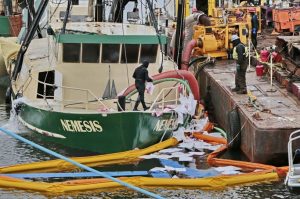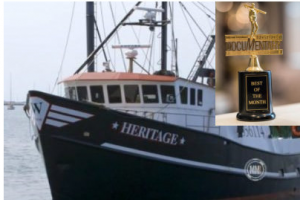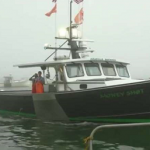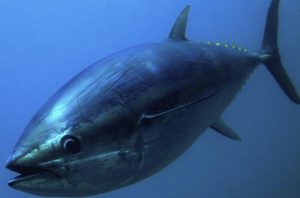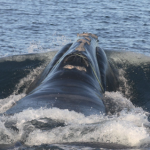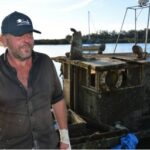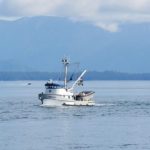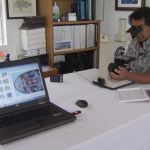Tag Archives: Commercial salmon fishery

Wild pink salmon came in stronger than expected
Prince William Sound’s 2021 commercial salmon fishery proved challenging in the midst of a second year of the global novel coronavirus pandemic and increasing climate change, with harvesters delivering nearly 70 million salmon valued at an estimated $121.49 million. That added up to almost $72 million more than the value of last year’s commercial harvest of 25.5 million fish, according to preliminary state fisheries summaries. Humpy returns were the big surprise. Everyone came into the season a little bit skeptical because 2019 was such a poor year, but they perked up when they realized what they were seeing, Scannell said, of the odd year pink salmon run. >click to read< 09:58

When Sailboats Ruled Bristol Bay
One hundred and thirty-two years ago, the Bristol Bay commercial fishery began on the shores of the Nushagak River when the first cannery went into operation and canned a little more than 4,000 salmon. Within four years, three more canneries appeared on the Nushagak, and within a decade canneries were built on the Naknek and Kvichak rivers. The dawn of the 20th century saw dozens of canneries around Bristol Bay catching, processing and canning millions of pounds of sockeye salmon every summer. By 1910, Bristol Bay accounted for 40 percent of Alaska’s commercially caught salmon. Even today, Bristol Bay makes up about 40 percent of Alaska’s salmon value. photo’s, >click to read< 11:50
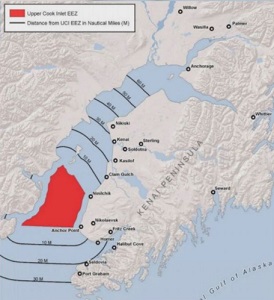
NPFMC decision puts Cook Inlet commercial salmon fishery in jeopardy
Final action by the North Pacific Fishery Management Council on commercial salmon fishing in Cook Inlet threatens to exclude drift gillnet harvesters from fishing in the inlet’s commercial waters at the start of the 2022 fishing season. In a near unanimous decision reached during the council’s virtual meeting on Monday, Dec. 7, the panel selected an alternative that would close off to the commercial fleet federal waters outside of three miles from shore, an area where most of the fleet get the bulk of its catch. >click to read< 16:43

Cordova disaster?
The Copper River commercial salmon fishery will remain closed on Monday, leaving about 550 gillnet fishermen in Cordova to sit in port and ponder what is increasingly looking like a disaster for what is pound-for-pound Alaska’s most valuable sockeye run. Favored fad-fish of high-scale restaurants, Copper sockeye had a reported price on their heads of $8.50 to$9.50 per pound when the season opened, and everything looked good-to-go despite a below-average, pre-season sockeye forecast. >click to read<09:53
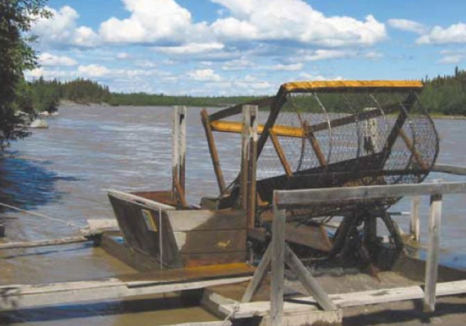
Good bad news?
The Copper River commercial salmon fishery ended Tuesday almost 2,000 Chinook over the 5,000-salmon threshold the Alaska Department of Fish and Game set as the acceptable harvest for 2017, and the fishing season has only begun. Steve Moffitt was at the time reported to be hiking somewhere along the Appalachian Trail on the East Coast of North America some 4,500 miles southeast of the tiny port, community of Cordova on the West Coast not far from the mouth of the Copper. Who the hell is Steve Moffitt? He’s the commercial fisheries biologist who penned a bombshell forecast calling for the return of but 29,000 king salmon, as Alaskans most often call Chinook, to the Copper River this year. He then promptly retired, leaving behind what has now become Alaska’s most watched fishery for a number of reasons: click here to read the story 19:50
Washington and Oregon: Commercial salmon fishery open until Tuesday
National Oceanic and Atmospheric Administration (NOAA) Fisheries, NMFS in consultation with the Washington Department of Fish and Wildlife, the Oregon Department of Fish and Wildlife, representatives from the commercial troll fishery, and the Pacific Fishery Management Council, has taken in-season actions with respect to the commercial troll salmon fishery. Read more here 09:41

































